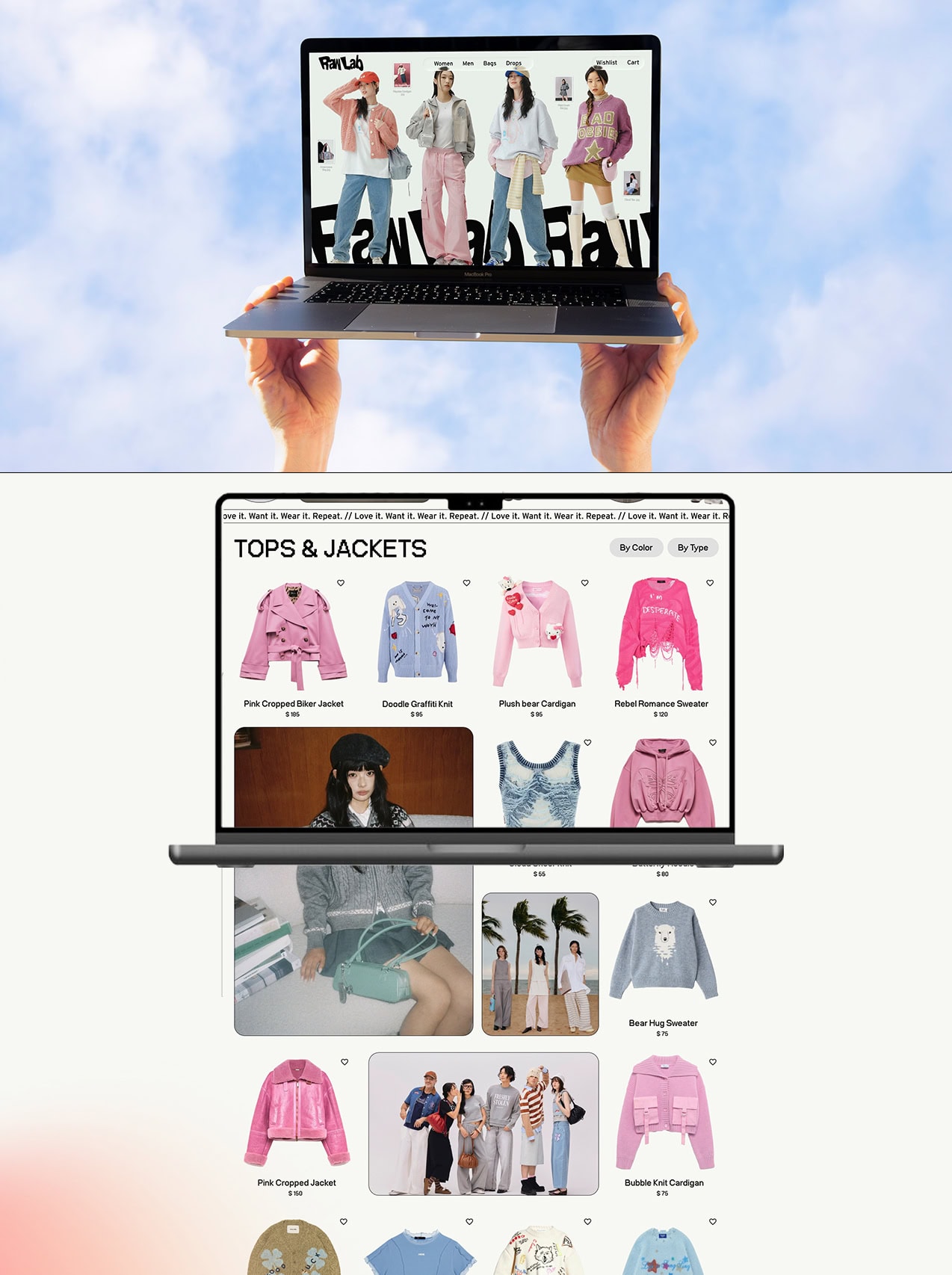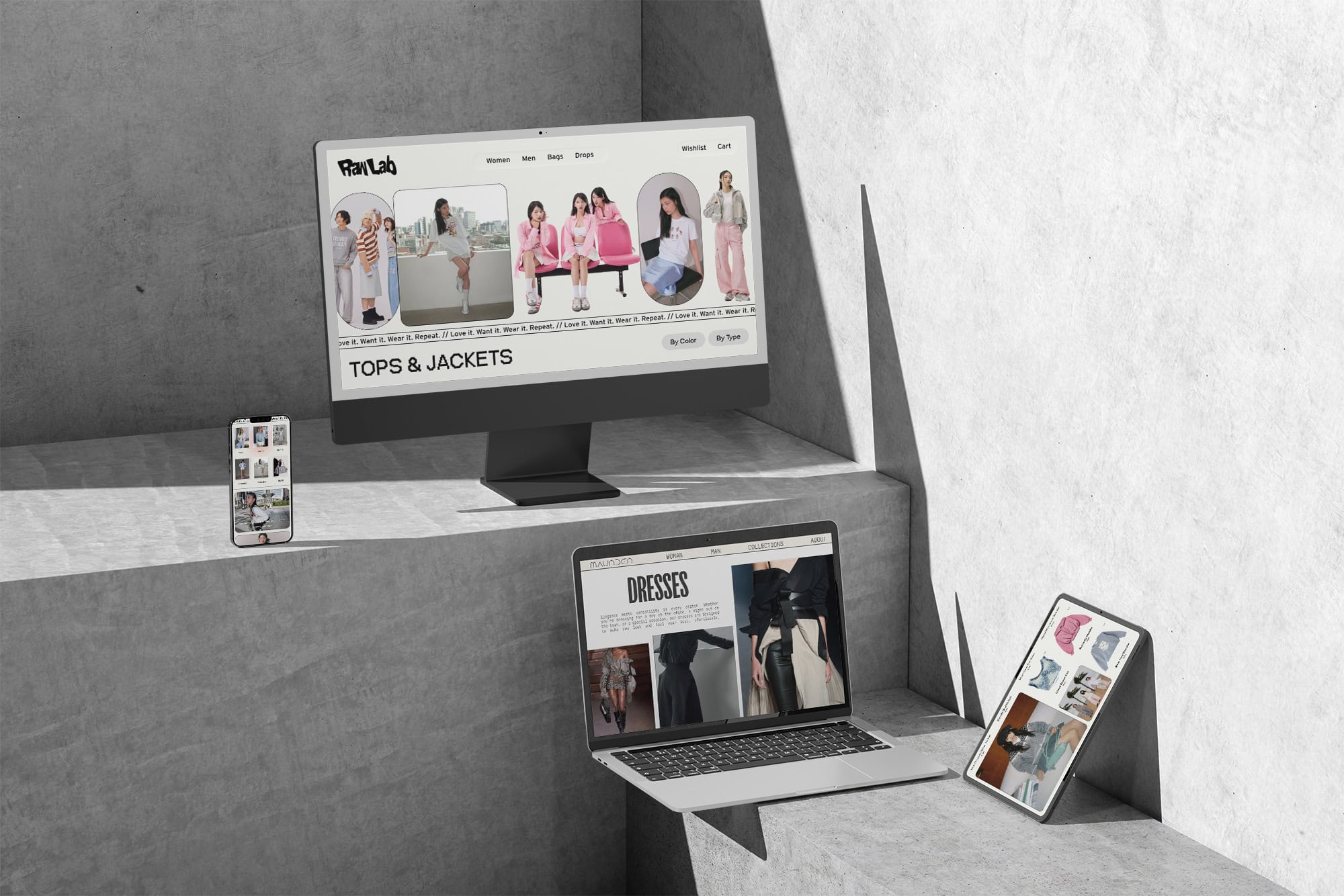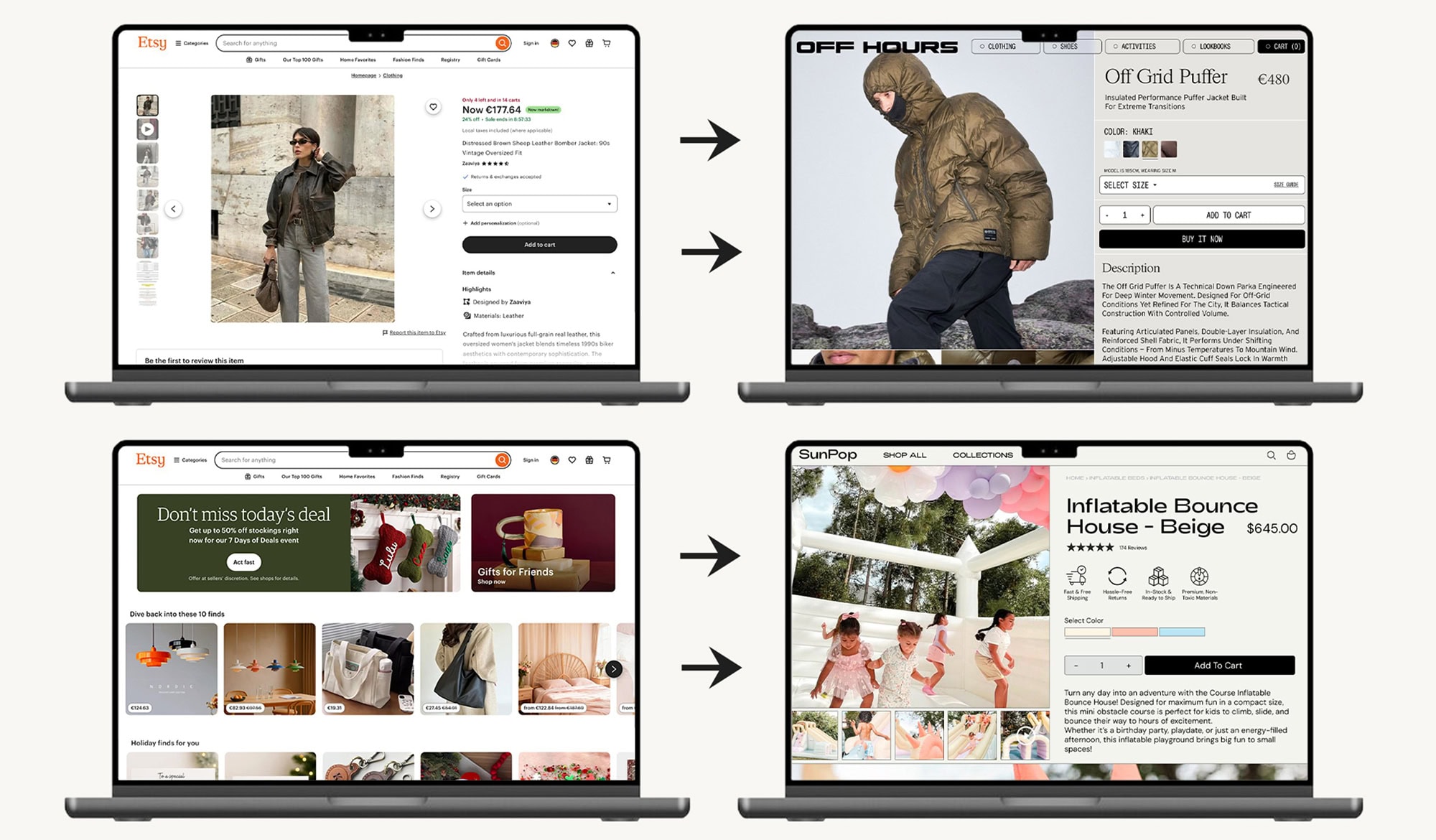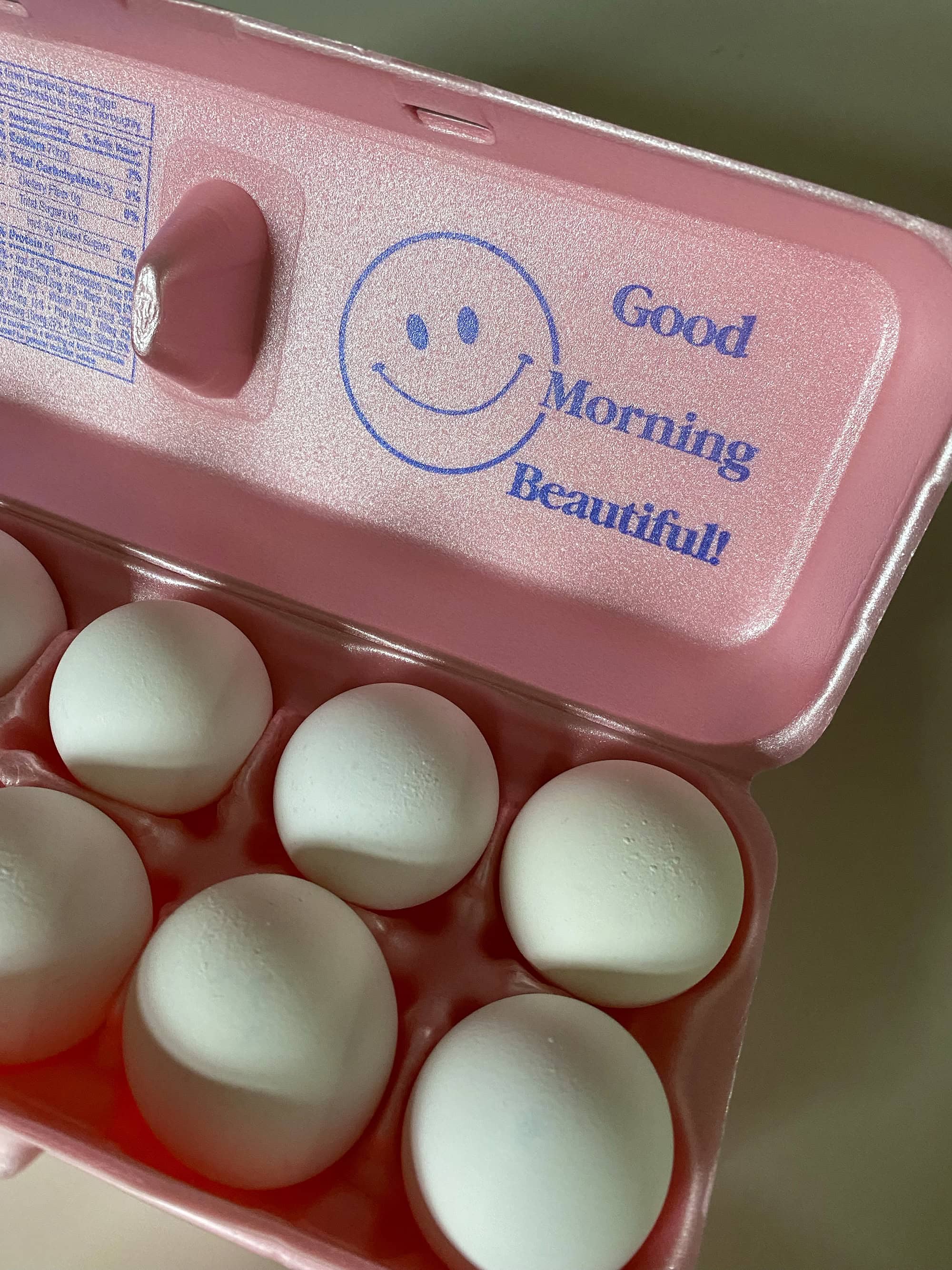Your Shopify store’s product and collection pages aren’t just pages—they’re the first impression your brand makes. Well-crafted layouts, striking visuals, and persuasive copy transform browsers into buyers, creating a shopping experience that feels confident, seamless, and unforgettable.
1. Define Your Product Structure
Before designing pages, clarify:
- Product categories: What types of products do you sell? Apparel, electronics, kitchenware?
- Information needs per product: Fashion items need sizing, fit, and styling guides. Supplements need ingredients, dosage, and certifications.
- Template requirements: Can one layout work for everything, or do some products need separate designs?
Pro Tip: One product template works for similar items. Multiple templates are only needed when content varies dramatically.
2. Collection Pages: Guide & Inspire
Purpose: Help visitors find products easily while setting the brand tone.
Steps:
- Organize logically: Group by product type, use case, or audience need.
- Add filters and sorting: Let users narrow down quickly.
- Feature lifestyle images: Show products in context—fashion shoots, kitchen setups, or real-life scenarios.
- Highlight best-sellers and promotions: Direct attention to high-converting items.
- Keep layouts clean: Minimal clutter ensures products stand out.
CRO Tip: Test hero banners and featured collections. A well-curated collection page increases dwell time and guides visitors toward product pages.

3. Product Pages: Make the Purchase Obvious
Purpose: Instantly answer three questions:
- What is it?
- Why should I buy it?
- How do I purchase it?
Essential Elements:
- Hero visuals: Multiple images and videos showing the product in use.
- Headline & subhead: Communicate value quickly.
- Key benefits: Focus on customer advantages, not just specs.
- Pricing & stock: Display clearly.
- Trust elements: Reviews, ratings, shipping info, guarantees.
- CTA button: Large, visible, sticky on mobile.
CRO Tip: Add urgency triggers like “Limited Stock” or “Only 2 Left” to encourage faster decisions.
4. Product Page Templates: Consistency Meets Flexibility
- Single template: Works for similar products, e.g., all T-shirts or mugs.
- Multiple templates: Needed when content differs:
- Fashion items: Sizing charts, fit guides, lifestyle imagery.
- Supplements/electronics: Ingredients, certifications, instructions.
Pro Tip: Templates maintain structure but allow customization for each product.
Even if two Shopify stores both sell fashion, their product pages can look completely different — as shown in the images below. Different brands call for different vibes, layouts, and storytelling structures.

5. Copy & Images: Persuade Without Compromise
- Copy: Emphasize benefits, storytelling, and lifestyle.
- Images: Mix studio shots with real-life usage.
- SEO: Use descriptive, search-friendly titles and headings.
CRO Tip: Experiment with headline placement and image layouts; small changes often improve conversions.
6. Mobile Optimization: Non-Negotiable
- Ensure CTA buttons are visible, text is readable, and images scale correctly.
- Test touch-friendly filters and mobile-friendly navigation.
CRO Tip: Sticky CTAs and product info panels improve accessibility and mobile conversion.
7. Trust Layers: Build Confidence
Include elements that reassure customers:
- Reviews and ratings
- Shipping and return policies
- Security badges
- Social proof and testimonials
Pro Tip: Good design communicates reliability before a word is read.
8. Continuous Testing & Iteration
- Track add-to-cart, checkout, and bounce metrics.
- A/B test headlines, images, CTAs, and layouts.
- Refine collection layouts and product displays based on performance.
CRO Tip: Even swapping a hero image or repositioning a CTA can significantly boost conversions.
9. Launch & Scale
- Templates allow new products to be added quickly.
- Maintain cohesive brand experience across all pages.
- Prepare for future expansion: new categories, languages, marketing integrations.

10. How Product & Collection Pages Work Together
- Collection page: Attract attention and guide visitors.
- Product page: Convert interest into action with clarity and trust.
CRO Tip: Lifestyle images on collections inspire, while product pages finalize purchases.
11. Common Mistakes & How to Avoid Them
- Low-quality images or cluttered text
- Literal translations that confuse customers
- Ignoring mobile users
- Overloading pages with excessive info
Storix Approach: Every product and collection page should feel intentional, bold, and trustworthy.

Product and collection pages are the frontline of conversion. Done right, they guide visitors, build trust, and turn browsers into buyers.
At Storix, we help brands transform Shopify stores from basic templates into high-converting, brand-forward experiences. Design isn’t decoration—it’s a conversion engine.



.jpg)

